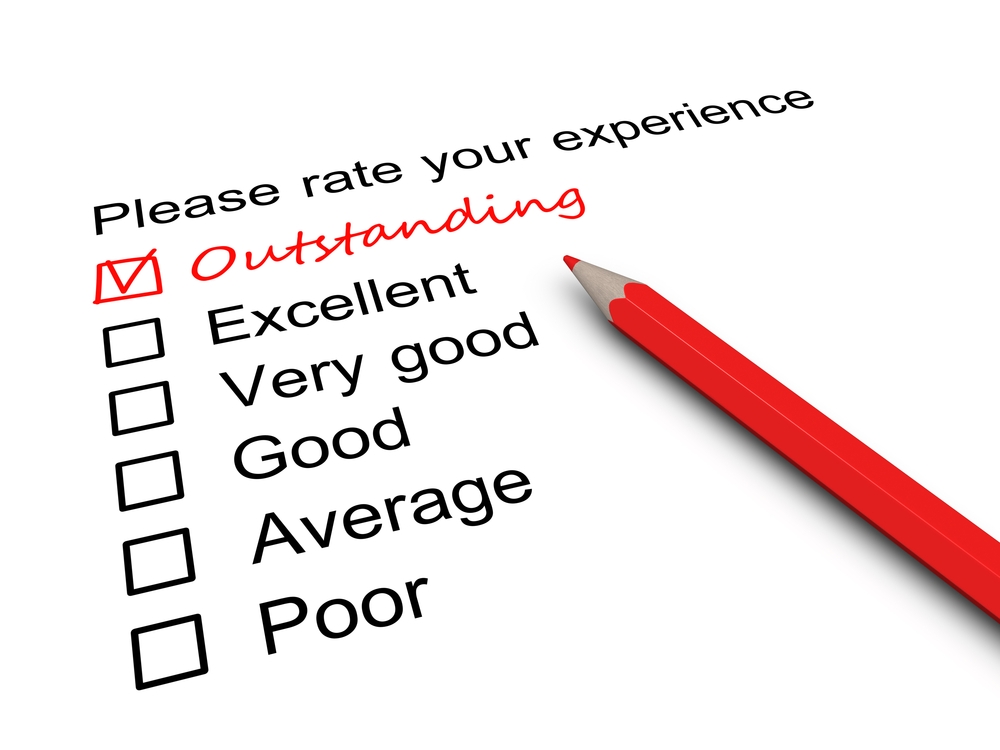There’s an old proverb that says, “The cobbler’s kids go barefoot.” Many CPA firms offer great financial management advice to clients, but are slow to act on process changes that can improve the firm’s bottom line. Manual billing and AR processes are recognized pain points for small and medium-size businesses, and accounting firms are no exception.
B2B financial transactions, including for professional services firms, are increasingly digital.
Before the pandemic, firms were already dealing with slow check payment processes and their inherent fraud risk. A year later, with remote work operations now the norm, newly cloud-based firms are rapidly adopting automated solutions for client payment processing.
A recent study, “B2B Payments Innovation Readiness” conducted by Pymnts.com found that organizations that adopt automation in payments and AR management quickly realize business benefits, with 87% of automated organizations reporting improvements in process speed. Automating payments processing shortens the collection cycle and improves cash flow.
Clients have moved to the cloud. They want to pay in the cloud.
Businesses increasingly prefer digital payment methods and will deal with the easy-to-pay invoices before they get to a paper invoice.
In the Pymnts.com study, a full 75% of organizations reported that automated functions help them provide superior customer experiences and increase client satisfaction with a simple payment process. It’s far easier for your client to make an online payment than to pay the old-fashioned way. When it’s simple, they are quicker to act, and your firm is seen as smart people who are “easy to do business with.” The convenience of paying by credit card offers your clients the payment option they prefer.
Another fintech study by Pymnts.com, “The B2B Tipping Point,” reports that companies’ largest concerns when sending and receiving B2B payments were convenience and ease of use. Their first choice is usually ACH, followed by electronic transfers and credit cards. If a supplier or vendor does not accept those payment methods, these businesses tend to fall back on paper checks.
Many clients want the ability to pay by credit card. A Small Business Credit Card Study by Visa/A.T. Kearney indicates that almost 70% of small businesses use credit cards in a typical month. They are purchasing routine supplies, services and subscriptions on a credit card – why not accounting services? Using an automated payment program, you can offer payment via MasterCard, Visa, ACH, American Express and Discover.
Automated payments fit with accounting firm strategy.
Firms are challenged to evolve during these changing times. One thing is clear: Cloud-based technology is essential, and the age of automation is here. By embracing technology and automation to support innovative client support and advisory services or CAS, firms can reduce the time required to manage traditionally manual processes.
If your firm adopts a new practice management system today, it’s highly likely that it will be a cloud-based platform. The corresponding accounting, tax and auditing programs used by firms are increasingly in the cloud, and every tax accountant knows that the IRS has offered e-filing for 30 years. Similarly, automated, cloud-based payments processing is the best fit for firms that have embraced a cloud strategy.
What to look for in an automated payments system:
- It integrates with the firm’s practice management system. The system should allow clients to pay the firm via the application client portal and also offer an option to send the client an email with a “Pay Now” link where the client can pay online.
- It integrates with the firm’s accounting software.
- It is secure. Make certain the financial payment processor – possibly a third-party service – is compliant with PCI standards mandated by credit card companies to help ensure the security of credit card transactions in the payments industry.
- It supports your firm’s business model and billing, both today and tomorrow. This might be hourly billing, in which case time capture and billing features in the practice management tool will help track billable time and create invoices. It should also support flat-fee billing, used for value-based services or custom project work. And finally, look for recurring payment features that automate a regular repeated billing, such as a monthly retainer.
- It should be capable of processing the payment methods that businesses have already defined as their preferred means: ACH, funds transfers, e-checks and credit cards.
An online payment solution allows your clients to securely pay invoices quickly and easily, instead of requiring them to process and mail a paper check. More importantly, online payment technology enables you to offer automatic recurring payments to support new retainer-based and project-based business models. This relatively simple change is worth considering, as an important way to set your firm apart.
========
Nicole Fluty is product manager for OfficeTools at AbacusNext, with over a decade of experience with OfficeTools. She directs and manages rollouts for new features and quarterly public updates delivered to thousands of users. Fluty travels the country, meeting with accounting professionals to better understand their challenges and design practical solutions.
Thanks for reading CPA Practice Advisor!
Subscribe Already registered? Log In
Need more information? Read the FAQs
Tags: Benefits, Firm Management




